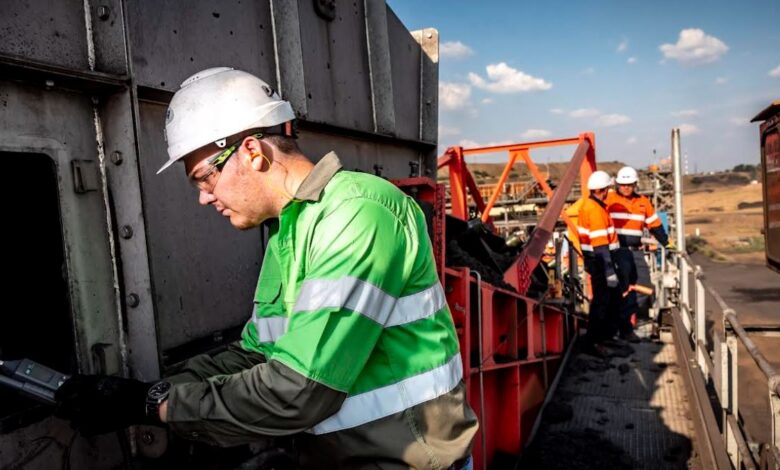Controlling dust during material transfer has become a pressing challenge in mining and industrial operations, particularly as environmental regulations tighten and safety standards rise.
Dust emissions can pose significant health risks to workers, affect local communities and damage nearby ecosystems. In response to these concerns, Weba Chute Systems has emerged as a leader in the design and manufacture of advanced transfer chutes, with solutions specifically engineered to minimise dust generation while improving overall operational efficiency.
Mark Baller, Managing Director of Weba Chute Systems, explains how traditional chutes were once seen as basic components, designed simply to move material from one point to another. “Early chutes were often little more than boxes,” he says, “with minimal attention paid to the broader implications of their design, such as dust control or material degradation.” Over time, however, as industries have prioritised safety, efficiency and environmental responsibility, the role of transfer chutes has transformed. Now, they are considered essential tools for controlling dust and optimizing material flow.
Weba Chute Systems evolution
Weba Chute Systems has been at the forefront of this evolution. Its chute designs incorporate sophisticated features such as the “supertube” principle, which regulates the flow of material and reduces the turbulence that typically leads to dust generation. By creating a smoother, more consistent stream of material, Weba chutes can significantly limit the escape of fine particles at transfer points. This, in turn, reduces the amount of dust that can be carried by the wind, helping to protect nearby communities and ecosystems from pollution.



